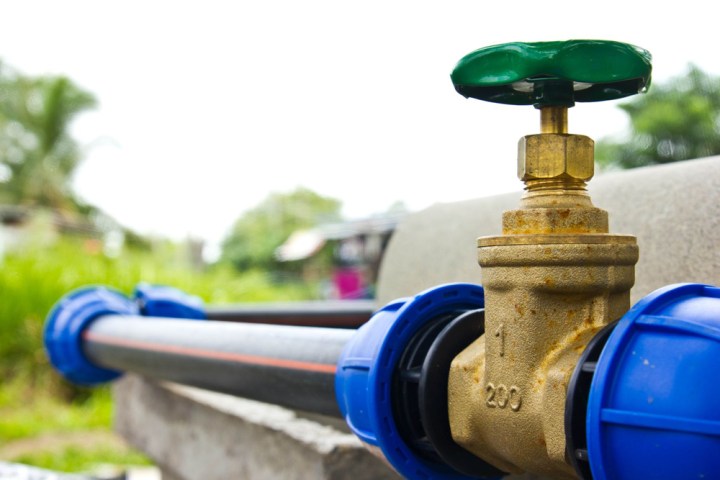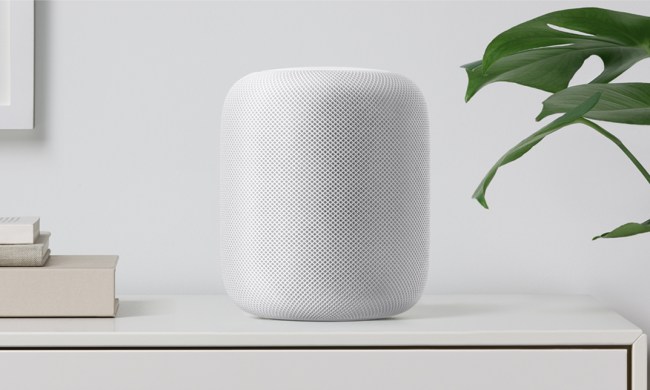
According to the EPA — and common knowledge — prolonged exposure to lead is highly harmful to one’s health, especially young children; pregnant women; and adults suffering from cardiovascular, kidney, or reproductive issues. It is a toxic metal, after all.
Perhaps what’s most frightening about even the smallest exposure to lead is the fact that it bioaccumulates in the human body, meaning it’s a highly persistent toxin. While one would reason that a child or pregnant woman should never be exposed to lead at all, even the healthiest of adults have the ability to get poisoned with minimal contact over a prolonged period of time. However, the EPA does say showering or bathing in lead-contaminated water is safe, because human skin does not absorb lead.
So now that you’re good and worried about a potential lead contamination in your own home water supply, what are your options for testing for or monitoring this toxin? To help you get a grasp on just how much of this contaminant might be lurking in your water, we’ve compiled this quick how-to guide.
Call your local municipal water supplier
This is perhaps the easiest way to check lead levels in your water supply, as local municipal water suppliers (should) always have up-to-date records pertaining to levels of various contaminants found during routine tests. Some suppliers also post the results online, which consumers can find by entering state and city or county on the EPA’s website. Private well owners do need to go to a different EPA site; however, the process for finding the report remains the same.
The EPA lists its desired lead level threshold at 15 parts per billion, meaning you’ll want to see levels lower than this on your report. If your readings show a level at or above that defined line, simply contact your water supplier and ask, “Does the service pipe on my street have lead in it?” Your supplier should have the necessary information available to give you one of the following two answers:
Yes: If the supplier answers yes, immediately begin taking steps toward fixing the problem. The Center for Disease Control says to run a shower (or similar high-volume water source) with cold water — not warm or hot, as heating water will raise lead levels — for roughly five minutes. Once completed, it’s then recommended you run the sink in your kitchen on cold — not warm or hot — for around two minutes. After following these steps, it should be safe to stockpile the resulting tap water in containers for cooking, drinking, showering, etc.
Note: Though boiling water has the ability to remove some contaminants from water, lead is exempt from this practice.
No: You’d imagine this would mean you’re off scot-free; however, that’s not entirely the case. If the supplier says no, there’s still a chance your water is susceptible to lead poisoning via the plumbing within your home. Unfortunately, lead is odorless and doesn’t have a flavor, so at this point the best way to check for lead is to manually test it. Which leads us to:
How to test your home’s water supply for lead
In some areas, local water suppliers will happily come test lead levels in your water, and better yet, they’ll likely do it for free. But what if the option isn’t offered? Plan B in this scenario would be to take a trip to your local hardware store, pick up an at-home lead-testing kit, and collect water samples on your own. Though it requires a bit more effort, it’s not hard to accomplish should the need arise.
As is the case with literally anything, be sure to follow each and every one of the lead-testing kit’s steps. Most importantly, make sure to use the first water that comes out of your tap for the samples. This is important, because the first stream of water released from your pipes each day will likely contain the highest yield of contaminants, allowing you to accurately judge how much lead is actually present. Once you’ve gathered the necessary samples, you’ll then need to send them away for testing; the EPA recommends using any of the state-certified labs listed on its site.
While waiting for the samples to come back, we recommend picking up a flat or two of bottled water to tide you over until you receive the results. Make sure to buy reputable bottled water, as the National Resource Defense Council estimates 25 percent of bottled water is just tap water, meaning that the bottled water you buy could also be tainted if the system where it comes from has lead issues. The NRDC recommends you check the label and cap for phrases such as “from a municipal source” or “from a community water system.” In 2007, PepsiCo started labeling Aquafina with P.W.S. to signify it comes from a public water source.
Additional options
The first two options listed represent the best way to check the amount of lead that may or may not be present in your home’s water supply. There exists a variety of other at-home tests, though paper strip or test tube tests tend to be unreliable and might not give you a definitive yes or no answer regarding the amount of lead in your water.
That said, it’s never a bad idea to invest in a reliable water filter that has been certified under NSF/ANSI standards for lead reduction, which independently verifies the system can reduce lead from 0.150 milligrams per liter to 0.010 milligrams per liter or less. Now, this doesn’t necessarily mean lead-tainted water will magically turn into H20 bottled at a crystal spring, but it certainly goes a long way toward improving the quality of water consumed in any household.


